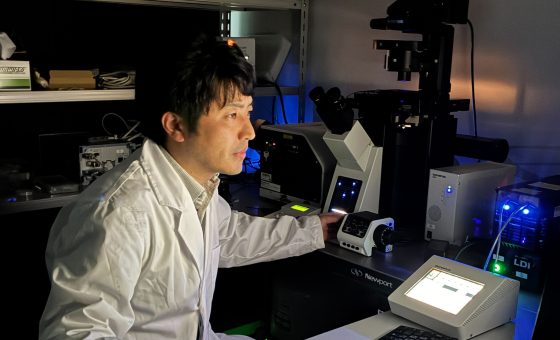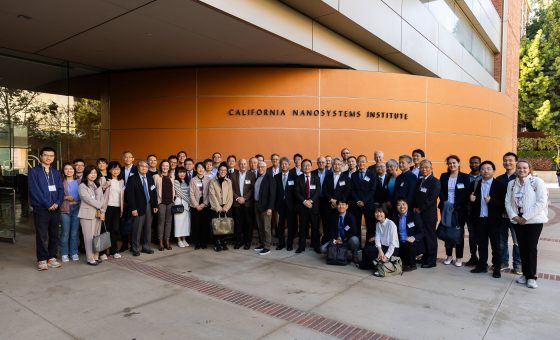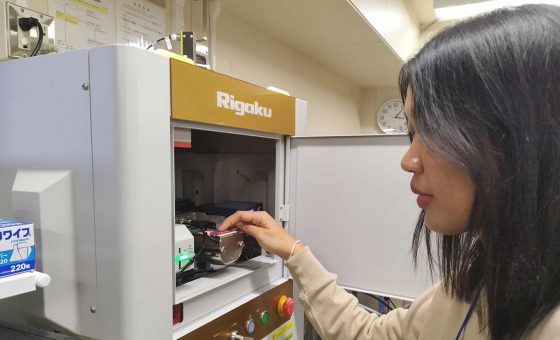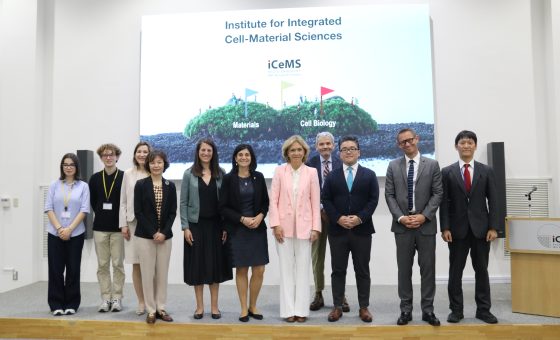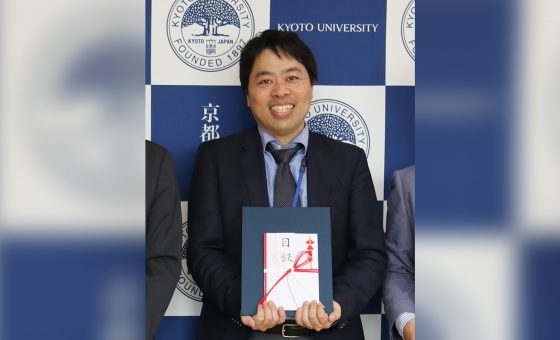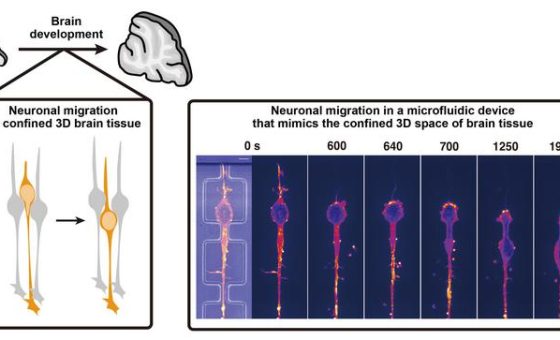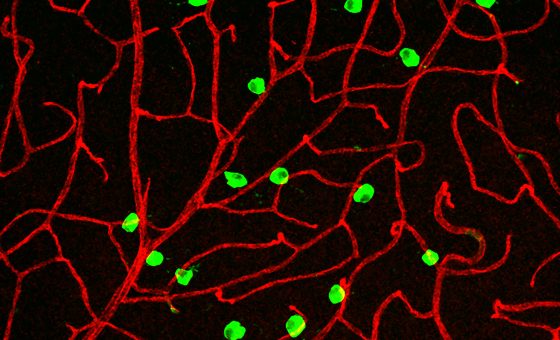219th iCeMS Seminar – Hybridizing Light and Matter with Prof Thomas W Ebbesen
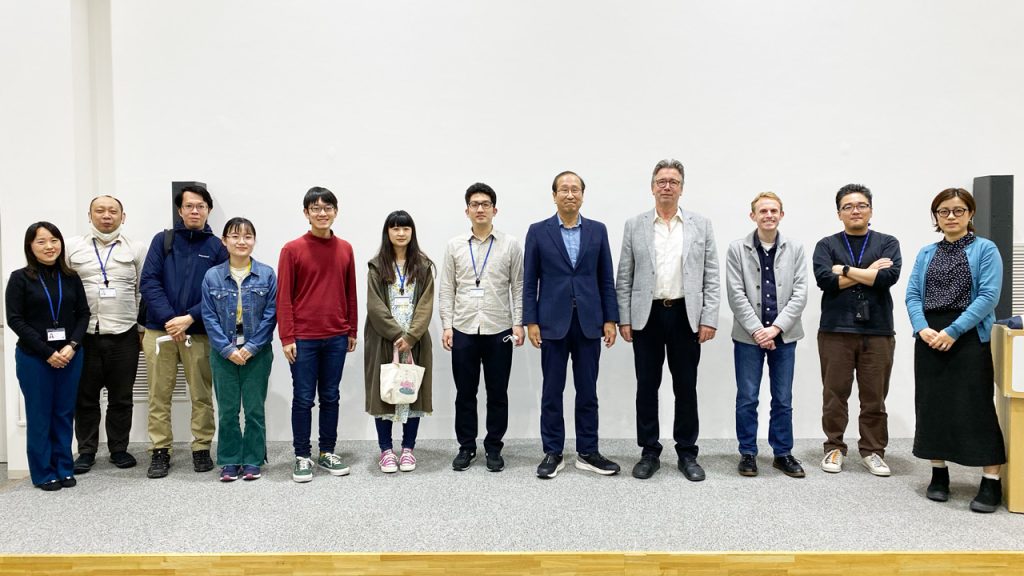
On April 18, the 219th iCeMS Seminar took place at the iCeMS main building in a packed room. iCeMS Prof Susumu Kitagawa was excited to welcome Prof Thomas W Ebbesen, Chair of Physical Chemistry of Light-Matter Interactions, University of Strasbourg Institute for Advanced Study (USIAS), France, for a lecture entitled, “Hybridizing Light and Matter – Consequences for Chemical and Material Science”. Ebbesen made major contributions to the field of carbon nanotubes and received several major awards for his discovery of a phenomenon named extraordinary optical transmission before pioneering the research field of polaritonic chemistry investigating light-matter strong coupling which he presented today.
Ebbesen is no stranger to Japan, having worked at Tsukuba University and NEC. He said he enjoyed a pleasant walk around the KU campus and the nearby philosopher’s path in the morning before his lecture. “What I am going to talk to you about today”, he continued, “probably no one here has heard about before.” His lectures were usually given to physicists and not to chemists and cell biologists.
“To understand what I am doing, you need to understand what is vacuum – what is empty space?” Scientists’ conceptions of space have changed significantly over time and Ebbesen walked the audience through those changes up to the current understanding where empty space is known to be filled with electromagnetic (EM) fluctuations. “Virtual particles begin to exist and then disappear, begin to exist and then disappear.” And it turns out this quantum scale energy can have a significant impact on matter.
Ebbesen spoke of being inspired by the work of Haroche and Kleppner studying fluorescence near a metallic mirror which showed that “emission properties are not that of a material, but of a material in its environment (a vacuum).” The omnipresent EM fluctuations interact with matter and by changing the geometry of the empty space EM fluctuations can be tuned, which in turn greatly enhances or inhibits emission from the atom in the chamber. This example where radiative properties are modified is known as weak coupling. In the last 30 years, these principles have been deeply researched and built upon, and now scientists led by Ebbesen are experimenting with strong coupling to influence not just single atoms, but material properties and chemical reactions.
Ebbesen demonstrated strong coupling on the macroscale by showing metronomes that fall into synchronicity when they are placed in a system that allows them to exchange energy faster than it is dissipated into the environment. In his own work, Ebbesen has been working with strongly coupling the electronic or vibrational transitions of a material to the spatially confined electromagnetic field of an optical resonator, producing hybrid light-matter states (polaritons). These systems have been demonstrated to have broad reaching applications in chemistry and material science – enhancing many molecular characteristics and processes including magnetism, conductivity, self-assembly, and chemical reactivity. Ebbesen gave introductions to various pathways that were being explored using these principals.
The Q&A following the lecture drew many excited questions probing different possibilities of the work presented, including the potential of scaling up chemical reactions by combining strong coupling optical chambers and microfluidic systems. Ebbesen closed by saying, “I realize this is difficult to understand. It has taken me over ten years. What you have to realize is that this is going to be a part of the future.”
